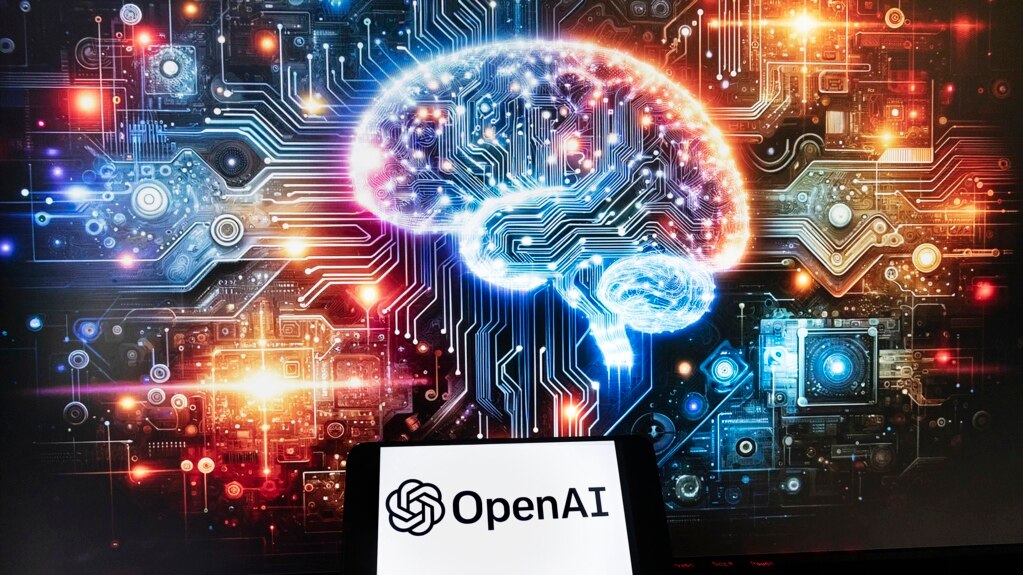The maker of ChatGPT recently announced its next move into generative artificial intelligence.
San Francisco-based OpenAI’s new text-to-video generator, called Sora, is a tool that instantly makes short videos based on written commands, called prompts.
Sora is not the first of its kind. Google, Meta and Runway ML are among the other companies to have developed similar technology.
But the high quality of videos displayed by OpenAI — some after CEO Sam Altman asked social media users to send in ideas for written prompts — surprised observers. At the same time, the video results led to fears about the possible ethical and societal effects.
A photographer from New Hampshire posted one suggestion, or prompt, on X. The prompt gave details about a kind of food to be cooked, gnocchi, as well as the setting – an old Italian country kitchen.
The prompt said:
“A instructional cooking session for homemade gnocchi hosted by a grandmother social media influencer set in a rustic Tuscan country kitchen with cinematic lighting.”
Altman answered a short time later with a realistic video that showed what the prompt described.
The tool is not yet publicly available. OpenAI has given limited information about how it was built. The company also has not stated what imagery and video sources were used to train Sora.
The New York Times and some writers have taken legal actions against OpenAI for its use of copyrighted works of writing to train ChatGPT. And OpenAI pays a fee to The Associated Press, the source of this report, to license its text news archive.
OpenAI said in a blog post that it is communicating with artists, policymakers and others before releasing the new tool to the public.
The company added that it is working with “red teamers” – people who try to find problems and give helpful suggestions – to develop Sora.
“We are working with red teamers — ... experts in areas like misinformation, hateful content, and bias — who will be adversarially testing the model,” the company said.
“We’re also building tools to help detect misleading content such as a detection classifier that can tell when a video was generated by Sora.”
I’m John Russell.

